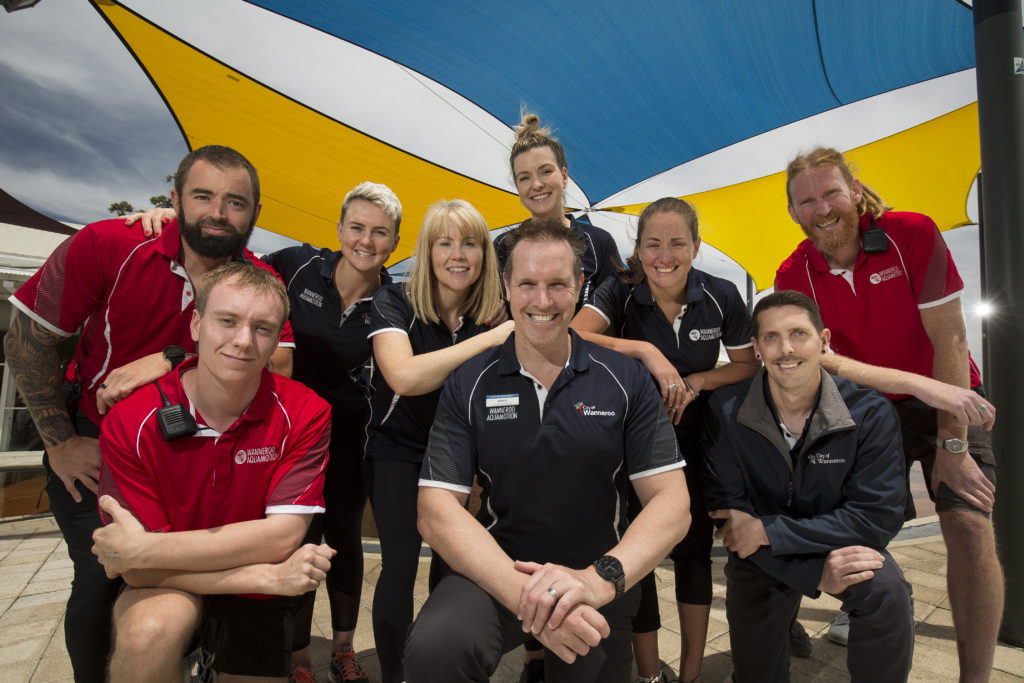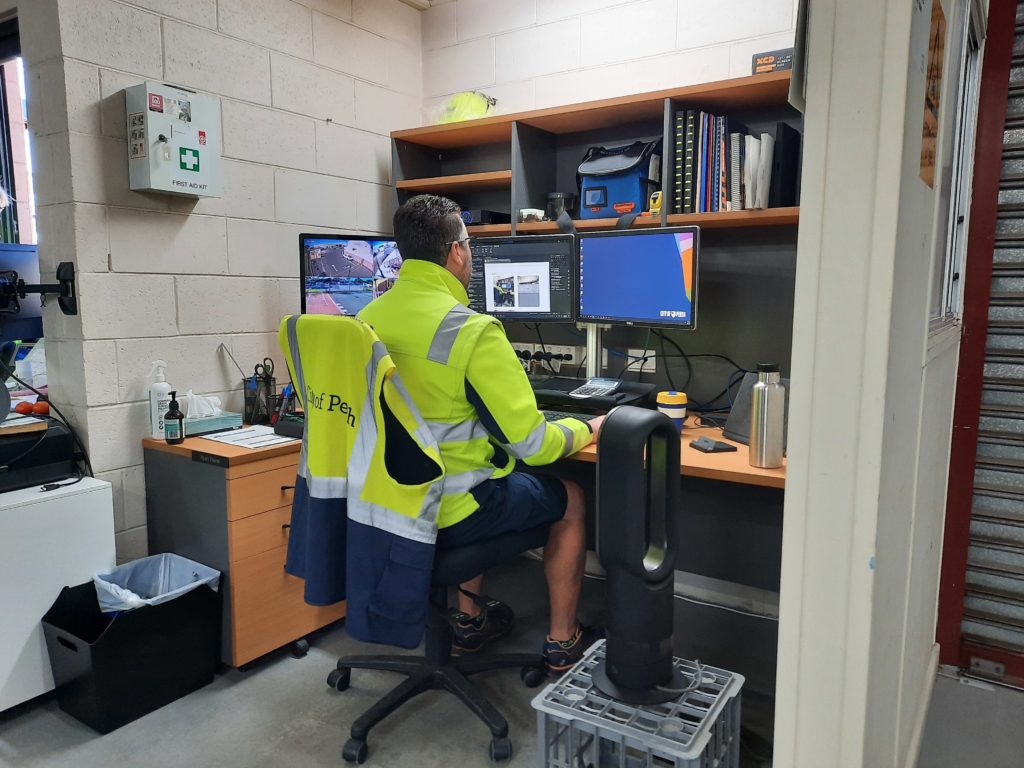How to safely work in heat?
The Work, Health and Safety Act WA (2020) requires local governments (PCBUs) to ensure health and safety, so far as is reasonably practicable, by eliminating hazards and risks.

Public swimming pools are an important and highly valued resource across Western Australia. For many, particularly in regional communities, they’re a community hub – offering a range of physical and mental health and wellbeing plus employment opportunities.
It’s crucial that local governments adopt proactive measures to manage aquatic centre risk and that identified hazards are addressed quickly, within the constraints of time and resources. When audits are done it’s vital that a recommendations are considered and actioned. Any plan to handle risk management recommendations needs to be documented.
According to the Royal Life Saving Society of WA (RLSSWA) 22.3 (0.02%) of aquatic injuries occurred at public pools out of 100,000 visits in 2020/21. Of these 50% of major incidents involved people over 50 years of age. The top three public facility incidents were due to trip/fall/slip, swimming and a pre-existing condition. The low numbers indicate that LGIS members’ proactive approach to aquatic management is working.
Unfortunately although the number of incidents is low, the severity remains high for aquatic centre claims.
LGIS has worked in partnership with RLSSWA for over 10 years in an effort to improve safety outcomes for its 4,000 plus staff and 11.4 M patrons that visit aquatic centres each year.
Practically, this partnership sees RLSSWA coordinate over 30 site visits and safety inspections of local government public aquatic facilities throughout the state every year. Inspections are completed every four years and are included as a benefit of LGIS membership.
The Work, Health and Safety Act WA (2020) requires local governments (PCBUs) to ensure health and safety, so far as is reasonably practicable, by eliminating hazards and risks.
Local governments are subject to strict legal obligations, including those contained within the State Records Act 2000 (WA), to maintain records created or received in the exercise of their functions.
When considering high risk or high hazard assets, it is important to adopt a proactive approach while managing them. Due to resource constraints, property risks are commonly managed in a reactive manner after an incident, near miss, or workplace inspection by a regulator or LGIS.
The key drivers behind these inspections are to help:
The 2020/21 RLSSWA Bigger Better Safer Aquatic industry report recommends a continued effort to reduce injuries at public swimming pools. Prevention and early intervention strategies should be put in place either to remove hazards or change patron behaviour to reduce injury risk.
This is why follow-up communication forms a definitive part of our assessment process. It consists of various measures to help aquatic facilities achieve best industry standards.
Post inspection, we provide aquatic centres with time frames where work recommendations have been advised in the
RLSSWA LGIS’ report. However, these recommendations are aimed at helping members achieve best safety standards for their facilities.
To support our members we do the following communication:
Members are advised to close out their assessment action items in order to achieve overall compliance. This is important or rather the best practice to manage risks at an aquatic facility.
Where non-compliance cannot be addressed in the short term, local governments should make sure that they can demonstrate planning and budgeting is in place to achieve compliance in the future.
Wanneroo Aquamotion has incorporated best possible measures to make their facility safe for the community. The City recently won an award for Aquatic Facility Safety by The Leisure Institute of Western Australia (LIWA Aquatics). This award recognises demonstrated commitment to continuous improvement of aquatic health and safety outcomes through the creation and continuation of an outstanding safety culture.
The City of Wanneroo implemented MYOSH (a web-based accident, incident, hazard, and evacuation reporting tool) to track hazards and faults and associated rectification processes and outcomes. The system, which is available to all employees, allows ‘accountable persons’ to be assigned and tracked to ensure any hazards, faults, incidents or accident investigations are actioned in a timely manner and dealt with transparently. Along with software tracking, Wanneroo Aquamotion has been proactive in providing staff with ongoing safety training in chemical handling, updating procedures to ensure safe work practices and ensuring regular audit checks are done and updated to maintain compliance and high standards of operations and management,” said Steve Good, Executive Officer at LIWA Aquatics.
The criteria for any aquatic facility to receive this award states that:
Overall safety practices across local government aquatic facilities continues to improve, with over 57% of the members inspected in 2021/22 achieving results above the industry benchmark. A quick glance at the RLSSWA graph ‘Safety score vs average’ demonstrates the individual results of 26 local government audited in the 2021/22 period.
Whilst safety scores at public swimming pools have progressed positively, it is critical that LGIS, RLSSWA and the broader sector continue to challenge operational practices in the search for continual improvement.
For queries regarding aquatic facility compliance assessments or aquatic risk management in general, please contact the LGIS risk and governance team on 08 9483 8888.

LGIS receives approximately 1,300 claims on average each year; for the past five years, of those the vast majority are common law claims.

A decade’s long partnership between LGIS and the Royal Life Saving Society of WA (RLSSWA) has delivered benefits to the entire WA local government sector – but work still needs to be done to make sure that audit recommendations are actioned to keep aquatic centres safe.

The City of Perth engaged the LGIS injury prevention team
to evaluate workstations of a group of employees at their depot to make sure they were comfortable, safe and less likely to injure themselves.
LGIS is the unifying name for the dedicated suite of risk financing and management services for WA local governments, established by the WA Local Government Association in conjunction with JLT Public Sector (part of the Marsh group of companies). LGIS is managed by JLT Public Sector (ABN 69 009 098 864 AFS Licence 226827).
Risk Matters, via this website, is designed to keep members, their staff and elected members informed on topical risk management and insurance issues and LGIS programs and services.